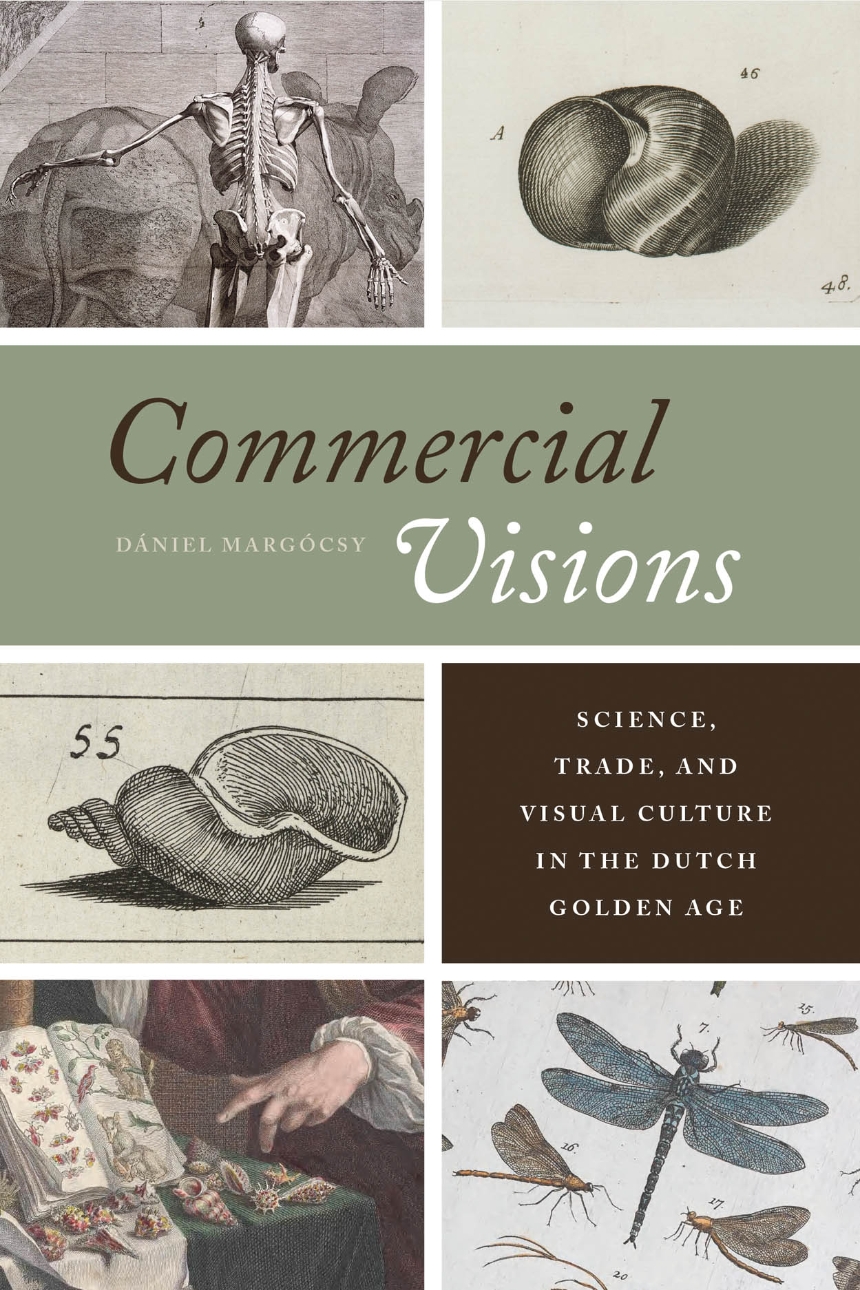Commercial Visions
Science, Trade, and Visual Culture in the Dutch Golden Age
Commercial Visions
Science, Trade, and Visual Culture in the Dutch Golden Age
Margócsy introduces a number of natural historians, physicians, and curiosi in Amsterdam, London, St. Petersburg, and Paris who, in their efforts to boost their trade, developed modern taxonomy, invented color printing and anatomical preparation techniques, and contributed to philosophical debates on topics ranging from human anatomy to Newtonian optics. These scientific practitioners, including Frederik Ruysch and Albertus Seba, were out to do business: they produced and sold exotic curiosities, anatomical prints, preserved specimens, and atlases of natural history to customers all around the world. Margócsy reveals how their entrepreneurial rivalries transformed the scholarly world of the Republic of Letters into a competitive marketplace.
Margócsy’s highly readable and engaging book will be warmly welcomed by anyone interested in early modern science, global trade, art, and culture.
336 pages | 32 color plates, 39 halftones, 3 tables | 6 x 9 | © 2014
Art: European Art
Biological Sciences: Natural History
History: European History
Reviews
Table of Contents
List of Illustrations
Chapter I. Baron von Uffenbach Goes on a Trip: The Infrastructure of International Science
Chapter II. Shipping Costs, the Exchange of Specimens, and the Development of Taxonomy
Chapter III. Image as Capital: Forging Albertus Seba’s Thesaurus
Chapter IV. Anatomical Specimens in the Republic of Letters: Scientific Publications as Marketing Tools
Chapter V. Commercial Epistemologies: The Anatomical Debates of Frederik Ruysch and Govard Bidloo
Chapter VI. Knowledge as Commodity: The Invention of Color Printing
Chapter VII. Peter the Great on a Shopping Spree
Acknowledgments
Abbreviations
Notes
Bibliography
Index
